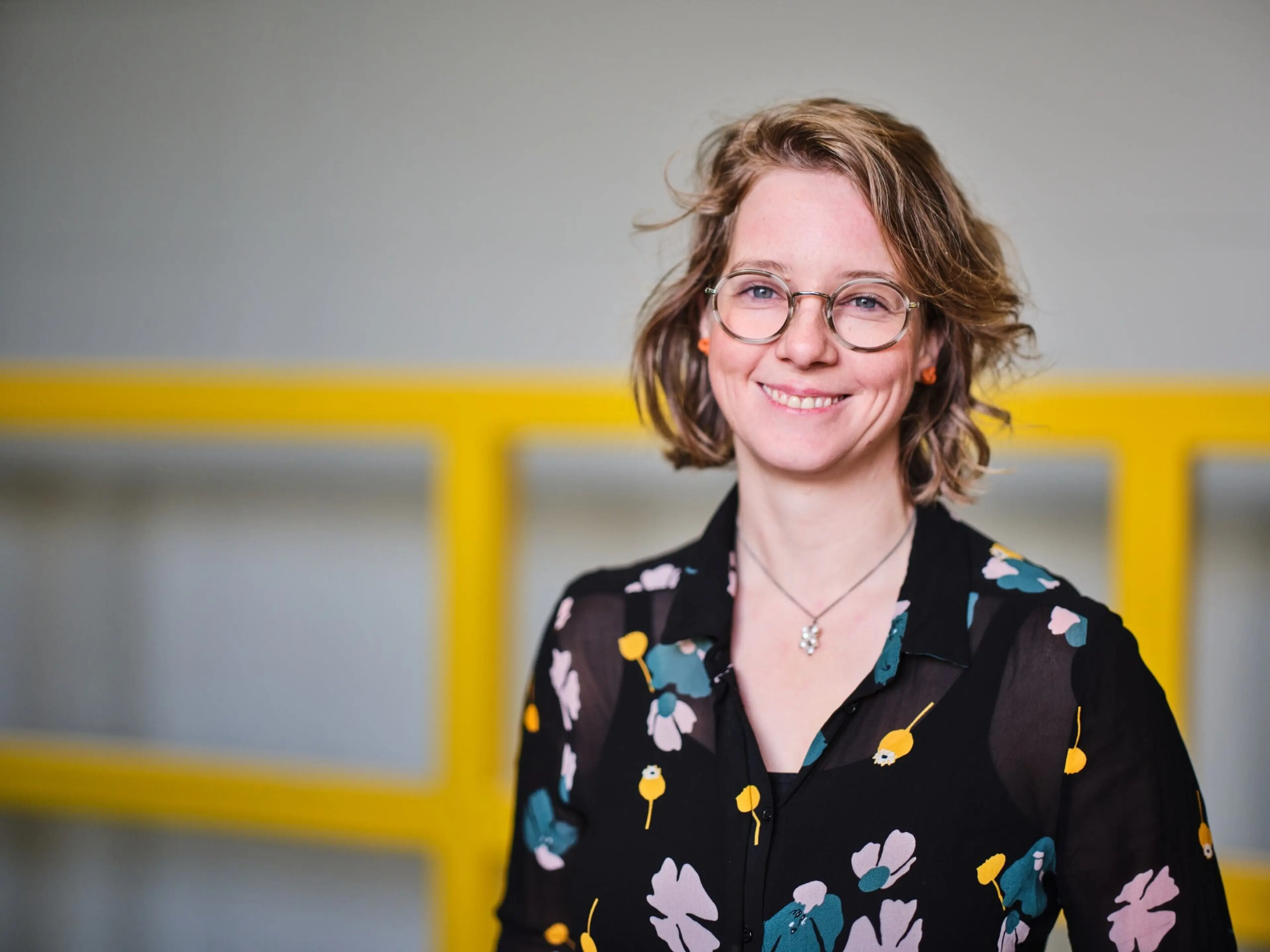Scaling Circularity Through Innovation and Standardisation – An Interview with Södra's Anna Palme
19 May 2025

Please share some background on yourself and your company
Södra was founded in 1938 on the idea that we are stronger together. Södra is now the largest forest-owner association in Sweden, with more than 50,000 family forest owners as members, and a world-leading industrial operation that processes the forest raw material into renewable products. Since 2011, Södra is producing hardwood dissolving pulp and is an established player in the business.
The idea for OnceMore® originates from Södra’s commitment to sustainability and innovation. OnceMore® separates cotton from polycotton blends, turning textile waste into high-quality raw material for production of viscose, modal and lyocell. It combines recycled textile waste (RCS certified) with wood from sustainably managed forests (FSC/PEFC certified) and creates a raw material that is both recycled and renewable. The current production capacity is 6000 tons per year of dissolving pulp with 20% recycled content, and the concept is constantly developing.
I started working with textile recycling in 2011, as a PhD student within Mistra Future Fashion. In my thesis, I developed foundational understanding regarding the separation of cotton and polyester, and the idea of OnceMore® is based on these ideas. Since 2019 I have worked at Södra, with development of OnceMore® and the ordinary dissolving pulp production.
You’re joining the panel on classification and standardisation in textile recycling. Why is standardisation such a critical component for securing high-quality feedstock?
I will talk about the need to develop standards for measuring impurity levels (or levels of other fibers) in dissolving pulp with recycled content. Many companies are currently scaling up businesses in this area, and just as other dissolving pulp properties are measured according to analytical standard methods, new methods must be developed and standardized for this product category. Recovery of waste textiles into dissolving pulp, and further into lyocell and viscose, has a great potential. Standardization is a key step to move the whole business area from pilot scale to an established product.
What are the biggest challenges currently facing the industry when it comes to consistent classification of textile materials?
The development of the industrial processes in textile recycling has been accelerating so fast that the development of analytical methods has not managed to keep up the pace. When a new product category is launched, this must be accompanied by standardized methods. Analytical methods are essential when the producers evaluate the quality and the process and when the customers compare different products on the market.
What role do events like the Textiles Recycling Expo play in driving change and fostering collaboration within the industry?
Meetings like this are very important to form strong partnerships between different actors in the industry. It is a globalized business where new contacts and business relationships need to be formed, and this kind of arena is very important for creating meeting spaces to make it happen. Informal meetings are important to solving small and big hurdles which needs to be resolved to move forward.
Why should professionals, innovators, and businesses attend the Textiles Recycling Expo, and what opportunities can they gain from being part of it?
Because there are so many interesting projects developing within textile circularity right now, and by attending the Textiles Recycling Expo you will get updated on what’s going on. Moreover, you will hear what’s being talked about in the breaks and be able to meet important players and form partnerships.